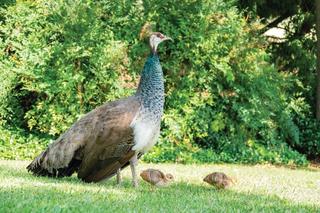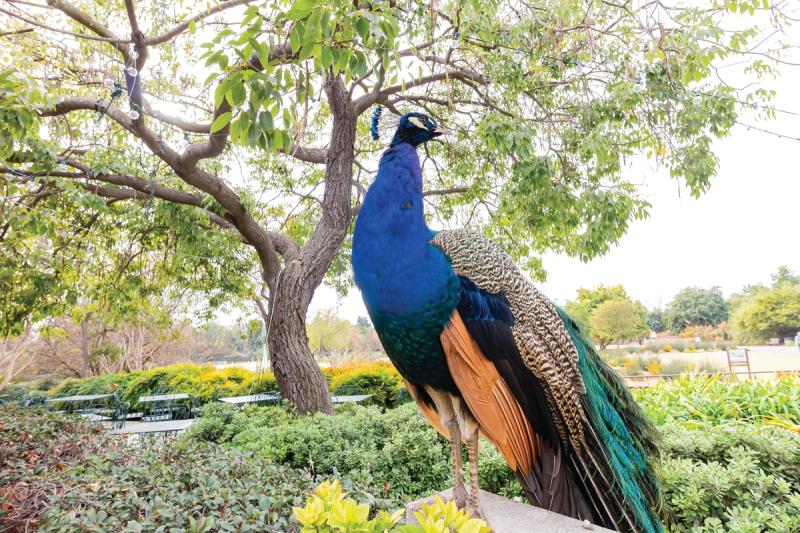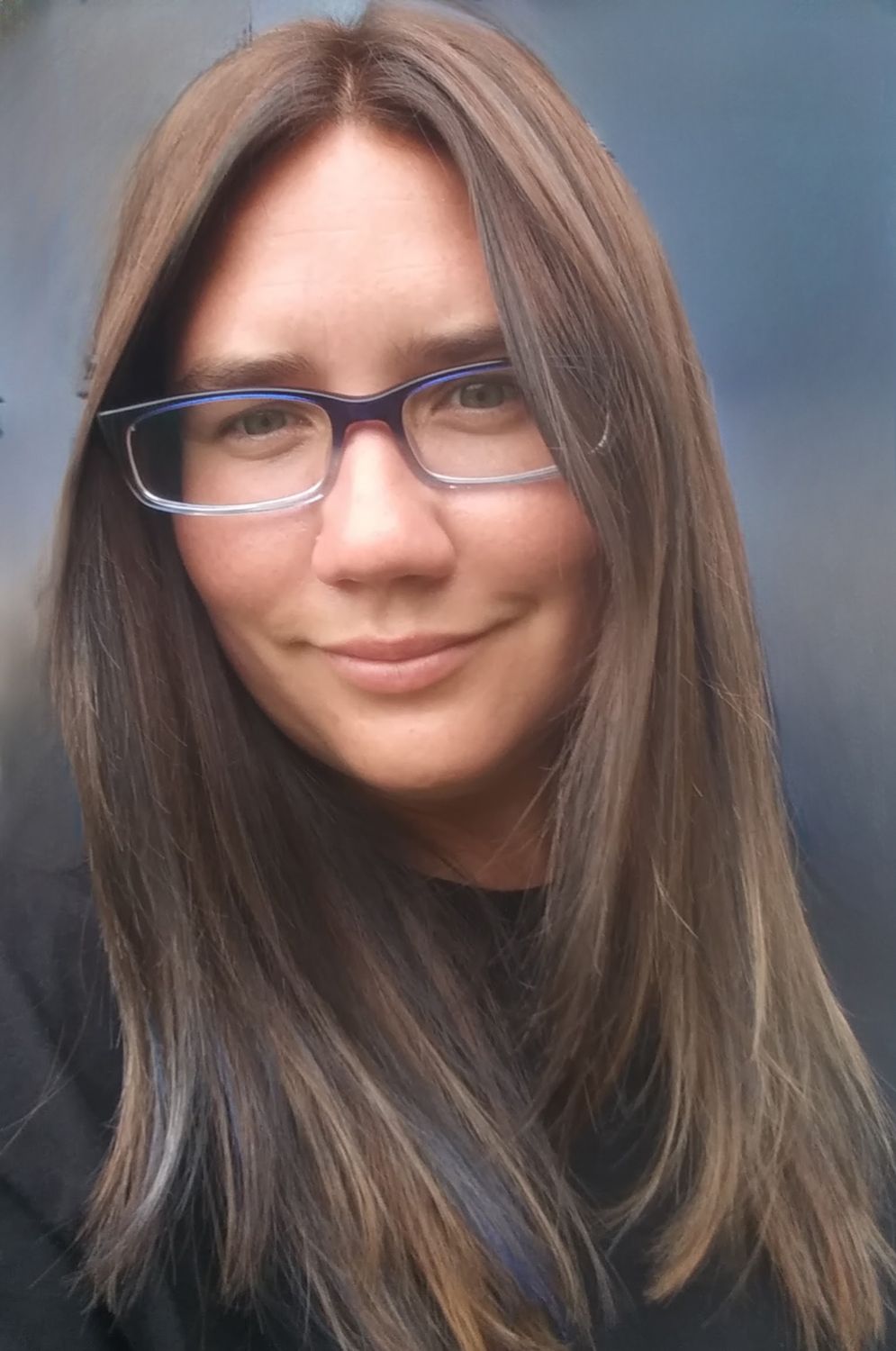The Majestic Peafowl: Beauty Beyond Feathers
Biology, Behavior and Cultural Impact


Peacocks are among the most recognizable and admired birds in the animal kingdom, known for their dazzling display of feathers and striking beauty. However, there’s much more to these birds than their glamorous appearance. There are various aspects of peacock biology, behavior and cultural significance.
Biology and Physical Characteristics
Peacocks are members of the pheasant family, Phasianidae, and belong to the genus Pavo. There are three species of peafowl: The Indian Peafowl (Pavo cristatus), the Green Peafowl (Pavo muticus) and the Congo Peafowl (Pavo congensis).
The term “peacock” technically refers only to the male of the species, while females are called peahens and are known as peafowl.
Appearance
Males are famous for their iridescent tail feathers or “train,” which can span up to 6 feet long. These feathers are adorned with eye-like spots called ocelli, creating a mesmerizing display during courtship rituals.
Females are generally duller in color, with brown and gray plumage, which helps them blend into their surroundings, providing protection while nesting.

Size and Lifespan
Peacocks are relatively large birds. Males typically weigh between 8 to 13 pounds and can measure around 7 feet in total length, including their train. Peahens are smaller, weighing 6 to 9 pounds and about 3 feet long. Peafowl can live up to 20 years in the wild, with those in captivity often living longer due to better protection from predators and access to food.
Behavior and Ecology
Peafowl are social birds that thrive in small groups known as parties or musters. These groups often consist of one male and several females, though larger groups can be observed, especially outside the breeding season.
The male peacocks are known for their loud, piercing calls, which serve various purposes, including attracting mates, signaling alarm and maintaining group cohesion. Their calls can be heard long distances, especially during breeding. Some describe the call as a woman calling for help or a high-pitched cat meow.
Females will also make loud sounds but are quieter compared to the males. Peafowls have keen eyesight and are highly alert, allowing them to detect and escape from predators.
Since female peahens are more subdued in color than bright males, this helps them blend into their surroundings while nesting.
Nutrition
They are ground feeders and primarily eat seeds, insects, fruits and small mammals or reptiles. Peafowl are opportunistic feeders and will eat a wide variety of food available in their habitat. In captivity, a good game bird feed mixed with seeds and insects is sufficient and they will forage for other forms of nutrition.
If in a free-range situation, they will also follow livestock to feed on insects stirred by the larger animals. Since peafowl fly, many breeders, hobbyists and enthusiasts use an aviary to keep them safe, allow room to fly and roost. Once established on a property, peafowl will stick around. However, predation and other factors can cause them to fly off to find a safer home.
Courtship and Reproduction
The male’s courtship display is one of nature’s most spectacular events. During the breeding season, males fan out their tail feathers, shake them to produce a rustling sound and perform a dance to attract females.
Nesting
Peahens lay their eggs on the ground in simple nests made of leaves and twigs. They incubate the eggs for 28 days until they hatch. A typical clutch consists of three to five eggs.
Habitat
Peacocks are native to South Asia, with the Indian Peafowl predominantly found in India and Sri Lanka. They inhabit forests, grasslands and areas near human settlements, where they benefit from the availability of food and protection.
Peafowl prefer habitats that provide ample cover for nesting and protection from predators. They are often found in areas with dense underbrush and access to water sources. Human-altered landscapes, such as agricultural fields and gardens, can provide suitable cover.
Cultural Significance and Conservation Status
Peacocks have held significant cultural and symbolic meanings throughout history. They are often associated with beauty, immortality and pride. In Hinduism, the peacock is the mount of Saraswati, the goddess of wisdom and associated with Krishna. In Western culture, the peacock symbolizes resurrection and renewal due to the belief that its flesh does not decay.
While the Indian Peafowl is classified as “least concern” by the International Union for Conservation of Nature (IUCN), the Green Peafowl is listed as endangered due to habitat loss, hunting and other human activities. Conservation efforts are essential to protect these stunning birds and their habitats.
Peacocks are much more than their beautiful feathers. They play essential roles in their ecosystems and hold deep cultural significance for many societies. By understanding and appreciating these magnificent birds, we can better protect and conserve them for future generations to admire and enjoy.
Tags:Plain Talk

Chicken Whisperer is part of the Catalyst Communications Network publication family.












